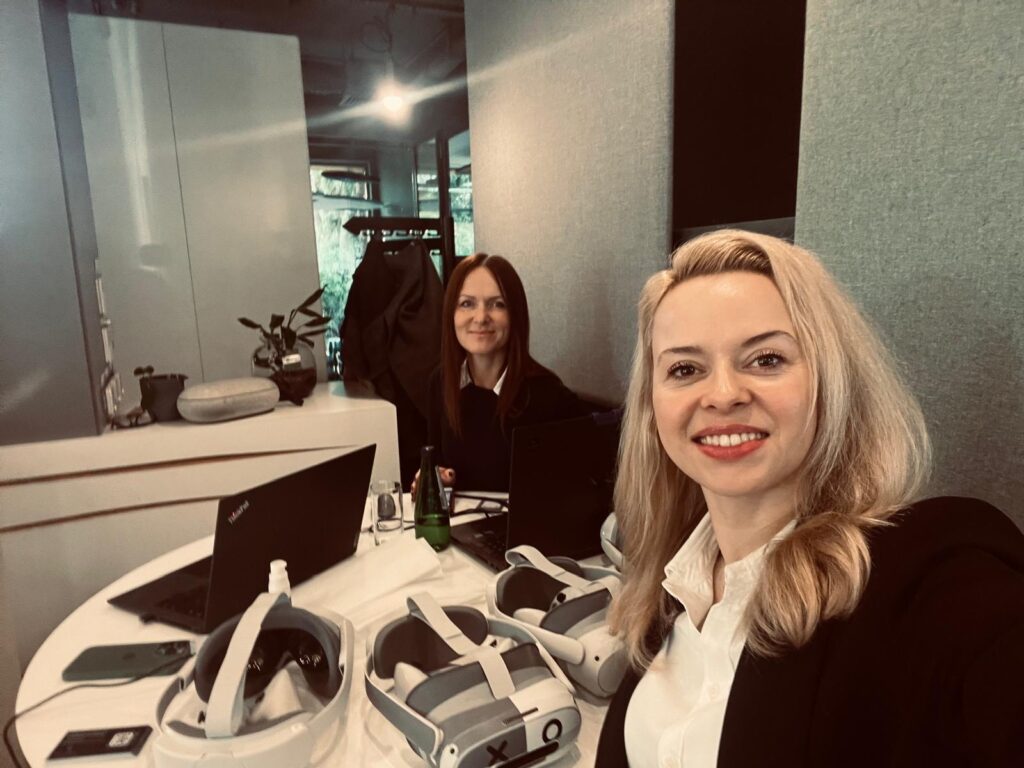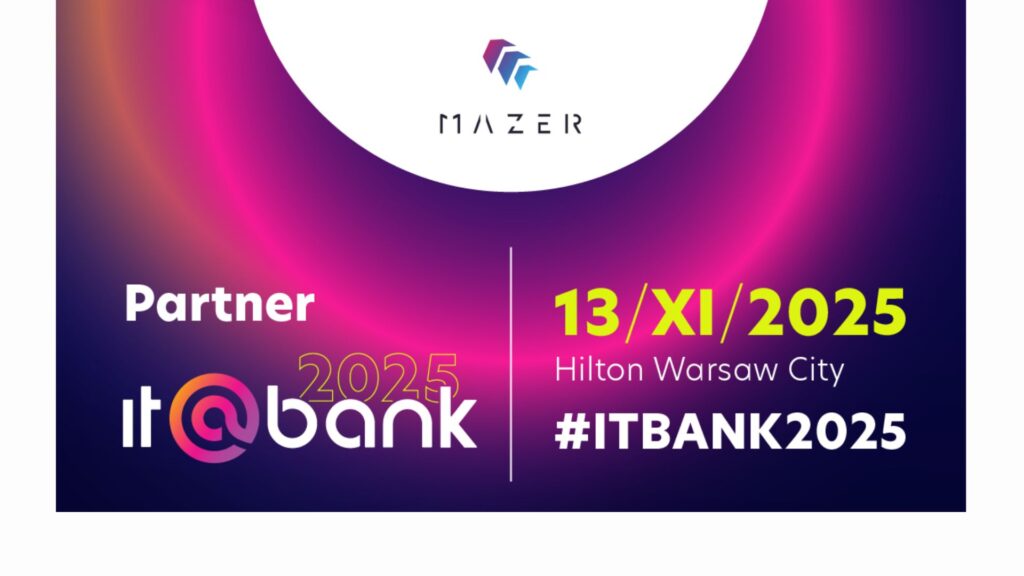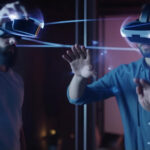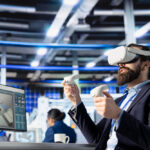Trends in XR for 2025: Elevating Industries with Mazer Technology
Table of Contents:
The world of extended reality (XR) is evolving rapidly, and 2025 promises to be a landmark year for immersive technology. As industries adopt XR at scale, its transformative impact is undeniable. At Mazer, we’re thrilled to be part of this journey, spearheading innovative solutions like Mazer Trainer, our advanced XR platform.
AI in XR
AI is revolutionizing XR learning environments by tailoring content to each individual’s needs. At Mazer, we are actively working to implement AI into our platform to enhance user experiences and improve outcomes. Adaptive training programs will analyze user interactions and provide personalized feedback in real-time. Mazer Trainer will soon leverage AI to adjust the difficulty of tasks based on a trainee’s progress, ensuring an optimized and engaging learning experience. These advancements are part of our commitment to delivering seamless and impactful solutions to our clients. Using the Mazer platform will soon be smoother than ever, thanks to these advancements.
Training and Education with Mazer Trainer
Hybrid learning models that combine XR and traditional teaching methods make it possible for organizations to offer hands-on experience without risks or costs. With Mazer Trainer, learners can collaborate and practice skills in virtual spaces that mimic their actual work environments, fostering better retention and application. Mazer Trainer reinforces its reputation as a scalable, cost-effective solution for diverse training needs. Learn more about Mazer Trainer here!
Manufacturing and Production
XR is revolutionizing manufacturing and production processes, especially through the use of digital twins. A digital twin is a virtual replica of a physical process or system, allowing for testing and optimization in a simulated environment. At Mazer, we’ve already demonstrated this capability by creating a digital twin of Data Center for Comarch. This innovative solution simulates critical spaces, enabling efficiency improvements, virtual meetings, and virtual visits in the facility.
Medical and Healthcare and Production
The medical field is embracing XR to improve patient care and professional collaboration. At Mazer, we’re proud to have partnered with the Ocean Heart Group (OHG) to create virtual spaces that serve both clients and doctors. OHG uses VR to demonstrate patients’ current health situations, providing clear visualizations of conditions and treatment prognoses. These immersive tools not only enhance understanding but also foster better communication between patients and medical professionals. Additionally, OHG’s virtual brunches exemplify how XR can be used creatively for engagement and outreach.
XR Headsets Coming Up in 2025
As XR technology advances, so does the hardware that powers it. The upcoming XR headsets of 2025 are paving the way for enhanced immersive experiences. Here are some anticipated releases that are generating excitement:
- Apple Vision Pro 2: Rumored to enter mass production by mid-2025, this headset combines Apple Intelligence with spatial computing, driven by the lightning-fast M5 chip. It aims to create new apps and features, leveraging AI advancements like text and image generation. Apple may also release a simpler, more affordable “air” line to expand accessibility.
- Valve Index 2 (Deckard): Expected to feature a standalone design, this headset eliminates the need for a PC connection. With high-resolution displays and a wide field of view, it aims to enhance user experience. Rumored compatibility with Steam Deck games makes it versatile beyond VR applications.
- Meta Quest Pro 2: Projected to expand on the Quest Pro’s enterprise-focused features, this device promises improved resolution, tracking, and processing power, emphasizing productivity, collaboration, and AI-driven enhancements.
- Google & Samsung XR Headset: A collaboration between Samsung and Google, this headset is expected to run on a specialized Android OS. Leveraging Samsung’s hardware and Google’s AI expertise, it prioritizes interoperability with other devices, making it user-friendly for consumers.
- Sony XR Headset: Building on the PlayStation VR series, Sony’s new XR headset is set to offer high-resolution displays, advanced haptic feedback, and integration with the PlayStation ecosystem. Its focus on comfort and ergonomics ensures prolonged usage.
These headsets are setting the stage for more immersive, efficient, and accessible XR experiences across industries. At Mazer, our app is already compatible with most major VR headsets, ensuring seamless experiences for our users. We are also thrilled to see the variety of available VR headsets on the market growing, as this signals that XR and VR technologies are on the verge of becoming mainstream—much like smartphones and tablets today.
The Future Is Here
As we look ahead to 2025, it’s clear that XR is reshaping the way we think about learning, manufacturing, and healthcare. At Mazer, our mission is to harness these advancements to create transformative experiences. From AI-driven personalization to digital twins, healthcare innovation, and cutting-edge hardware, Mazer is designed to meet the needs of a rapidly changing world.
Are you ready to revolutionize your industry with XR? Let’s explore the possibilities together.
Author: Emilia Wosik










